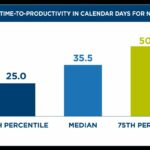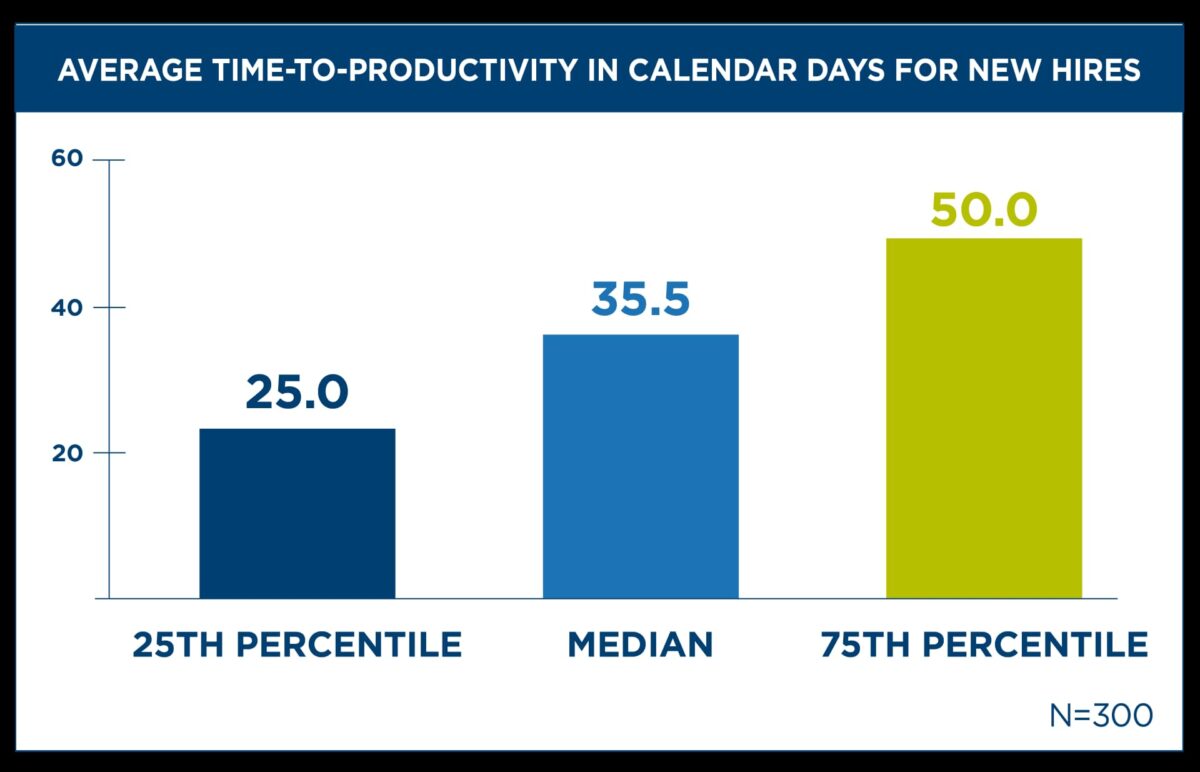
Data-Driven Decisions: Utilizing HR Analytics to Optimize Your Benefits Program
In today’s highly competitive business landscape, organizations are constantly seeking ways to gain a strategic advantage. One area that has garnered significant attention in recent years is the utilization of data and analytics to drive informed decision-making processes. This approach has proven particularly valuable in human resources (HR), where data-driven insights can lead to more effective employee management and cost optimization.
The Importance of a Comprehensive Benefits Program
A well-designed benefits program is crucial for attracting and retaining top talent, fostering employee engagement, and promoting overall organizational success. However, developing and maintaining such a program can be a complex and costly endeavor. This is where HR analytics comes into play, providing valuable insights and enabling data-driven decisions that can optimize your benefits offerings.
Understanding HR Analytics
HR analytics involves systematically collecting, analyzing, and interpreting employee-related data to identify patterns, trends, and opportunities for improvement. This data can come from various sources, including human resource information systems (HRIS), employee surveys, performance evaluations, and external benchmarking data.
By leveraging advanced analytical techniques, organizations can gain a deeper understanding of their workforce dynamics, identify areas of inefficiency or ineffectiveness, and make informed decisions that align with their strategic objectives.
Optimizing Your Benefits Program with HR Analytics
One of the primary applications of HR analytics is benefits program optimization. By analyzing data related to employee demographics, utilization rates, cost trends, and employee satisfaction, organizations can make strategic decisions that ensure their benefits offerings are competitive, cost-effective, and tailored to the needs of their workforce.
1. Identifying Underutilized or Overutilized Benefits
HR analytics can provide insights into which benefits employees are underutilizing or overutilizing. This information can help organizations adjust their offerings, reallocate resources, or implement targeted communication campaigns to increase awareness and participation.
2. Evaluating Cost-Effectiveness
By analyzing cost data and utilization rates, organizations can identify areas where they may be overspending or underspending on certain benefits. This analysis can inform negotiations with insurance providers, highlight opportunities for cost savings, and ensure that resources are being allocated effectively.
3. Tailoring Benefits to Employee Needs
HR analytics can reveal valuable insights into the specific needs and preferences of different employee segments, including the need for health insurance between jobs, which can be a significant concern during periods of career transition. For example, an analysis of demographics and utilization rates might reveal that younger employees value different benefits than their older counterparts. This way, companies can advise individuals on insurance offerings tailored to their needs.
4. Benchmarking and Competitive Analysis
By leveraging external benchmarking data and conducting competitive analyses, organizations can ensure that their benefits offerings are competitive within their industry or geographic region. This information can inform strategic decision-making and help organizations stay ahead of the curve in attracting and retaining top talent.
The Importance of Data Quality and Privacy
While the benefits of HR analytics are clear, ensuring the integrity and privacy of the data being analyzed is essential. Organizations must implement robust data governance policies and safeguards to protect sensitive employee information while enabling meaningful analysis.
Additionally, it is crucial to maintain high-quality data sources and ensure the accuracy of the information being used for decision-making. Poor data quality can lead to flawed insights and suboptimal decisions, undermining the potential benefits of HR analytics.
Building an Analytics Infrastructure
Organizations must establish a robust analytics infrastructure to effectively leverage HR analytics for benefits program optimization. This infrastructure should include the following key components:
- Data Collection and Integration: Implement systems and processes for collecting and integrating data from various sources, such as HRIS, employee surveys, performance evaluations, and external benchmarking data. Ensure data quality and consistency through data governance policies and data cleansing procedures.
- Analytics Tools and Platforms: Invest in appropriate analytics tools and platforms that can handle the volume and complexity of HR data. These tools should offer advanced analytical capabilities, such as predictive modeling, natural language processing, and data visualization.
- Skilled Analytics Team: Assemble a cross-functional team of HR professionals, data analysts, and subject matter experts who can collaborate effectively to extract meaningful insights from the data. Provide ongoing training and development opportunities to ensure the team remains up-to-date with the latest analytical techniques and technologies.
By building a solid analytics infrastructure, organizations can ensure that their HR analytics initiatives are scalable, efficient, and capable of delivering actionable insights for benefits program optimization.
Collaboration and Change Management
Implementing HR analytics for benefits program optimization is not just a technical endeavor; it also requires effective collaboration and change management strategies. To maximize the impact of these initiatives, organizations should:
- Foster Cross-Functional Collaboration: Encourage collaboration between HR professionals, data analysts, and other relevant stakeholders. Establish regular communication channels and forums for sharing insights, discussing challenges, and aligning on strategic priorities.
- Engage Employees: Involve employees in the process of optimizing benefits programs. Solicit feedback, communicate changes transparently, and encourage participation in decision-making processes. This can improve employee buy-in and increase the likelihood of successful implementation.
- Develop Change Management Strategies: Anticipate and proactively address potential resistance to change. Develop comprehensive change management strategies that include communication plans, training programs, and mechanisms for addressing concerns and employee needs during transition periods.
By fostering collaboration and implementing effective change management strategies, organizations can ensure that their HR analytics initiatives are embraced and supported throughout the organization, increasing the chances of successful implementation and long-term sustainability.
Embracing a Data-Driven Culture
Successfully implementing HR analytics requires more than adopting new technology or analytical tools. It necessitates a cultural shift within the organization, where data-driven decision-making becomes ingrained in the fabric of the organization’s operations.
This cultural transformation involves fostering a mindset of continuous learning and improvement, promoting collaboration between HR professionals and data analysts, and ensuring stakeholders at all levels understand and embrace the value of data-driven insights.
In an increasingly competitive and dynamic business environment, organizations that fail to leverage HR analytics risk falling behind their more data-savvy counterparts. By embracing a data-driven approach and utilizing HR analytics to optimize their benefits programs, organizations can gain a strategic advantage, attract and retain top talent, and drive long-term success.







